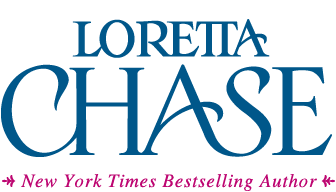Reporting from London:
Maybe this should start with a trigger warning, as the topic is abandoned infants, it starts in the early 1700s, and the picture isn’t pretty. Let me tell you that I wept. So, if you’re still with me, here goes.
Charles Dickens introduced me to Coram’s Foundling Hospital in Little Dorrit. In a time when there was, essentially, nothing in the way of birth control, a great many impoverished women ended up abandoning their babies on the streets of London. By the thousands. Thomas Coram, who’d made his fortune in the shipping trade in America, was horrified at what he saw. No doubt he wasn’t the only one, but he felt he had to do something about it. And so he campaigned for years, and eventually, with the help of a number of prominent people, and, finally, the King’s permission, in 1739 founded a hospital or home for these children.
The idea was, the babies would be left at the hospital with some sort of token identifying them, so that the parent could reclaim the child when/if able to support him or her. In reality, very few children were reclaimed. They were, however, cared for, and given some sort of training that would allow them to become apprenticed or go into domestic work when they were old enough. At the time, 14 was old enough.
No, it wasn’t an ideal situation. Conditions being what they were in the 18th and 19th centuries, many children did not survive. But the Foundling Hospital saved the lives of thousands of children, and in many cases allowed them to have a better adulthood than they might have otherwise expected. For the full story, you might want to look at the Wikipedia article here.
I visited the Foundling Museum on a beautiful, sunny day. Nearby, children played football (U.S. soccer) in a park, reminding us that life, while not perfect now, is better than it was.
The museum comprises three floors. The ground floor focuses on the collections of artifacts related to the children, from the earliest days of the organization to the 20th century, when the hospital was relocated to Berkhamsted, Hertfordshire. You can listen to audio accounts from some of these former residents.
The next floor contains reconstructions of some of the original rooms of the hospital, and includes many of its works of art. That collection is a story in itself. With art donated by the artists, it became the first public art gallery in the U.K., and a fashionable charity.
The topmost floor contains the Gerald Coke Handel Collection. There I sat for a while in one of the armchairs with built-in speakers and listened to Handel’s music to quiet my soul.

























